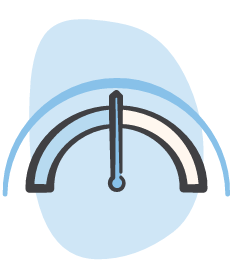













Take two minutes to try something different and take two weeks find a route to help control infection.1-5
Invite your team to take the ACTICOAT Two-Week Challenge.
Contact your local representative to get started.

Given the cost, burden and patient impact of infected wounds, what can realistically be achieved in two minutes? We’re inviting clinicians to take two minutes to learn about altering the course of infection using ACTICOAT Dressings?4,9-14
ACTICOAT Dressings rapidly kill bacteria in as little as 30 minutes**20-23
Use ACTICOAT Dressings on wounds displaying signs and symptoms of infection, and after two weeks:
If the wound has improved but signs of infection are still present: Continue use as needed with
regular reviews.
If signs and symptoms of infection are no longer present: Discontinue use and step down to an
appropriate dressing.
If the wound shows no improvement: Discontinue use and refer to an appropriate specialist if there’s no
improvement.

The ACTICOAT Two-Week Challenge could highlight a path to help take control of infection1-5 and help support antimicrobial stewardship, but identifying the right patients is crucial.
Following the principles of best practice, it has been shown that accurate decision-making, a fast response and effective treatment choices help improve patient outcomes.24 Use our infection management pathway to help identify suitable patients with wounds showing signs and symptoms of infection.

*Compared to standard treatment.
**As demonstrated in vitro.
***n=75.
Products may not be available in all markets because product availability is subject to the regulatory and/or medical practices in individual markets. Please contact your Smith+Nephew representative or distributor if you have questions about the availability of Smith+Nephew products in your area. For detailed product information, including indications for use, contraindications, precautions and warnings, please consult the product’s applicable Instructions for Use (IFU) prior to use.